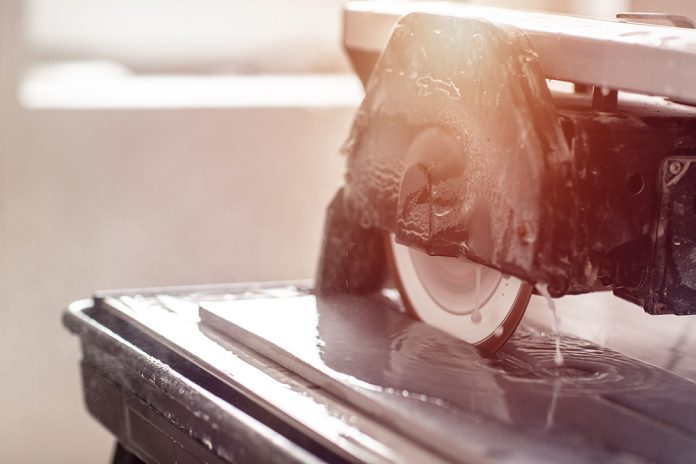Several conference seminars and forums addressed the OSHA Respirable Crystalline Silica Rule and how it affects the tile industry at the Coverings Trade Show held recently in Atlanta. At Total Solutions Plus, taking place October 27th-30th in Grapevine, Texas, we will continue these lively and productive discussions. This is the best way we at NTCA know how to effectively lead, by facilitating group discussions from leaders from the entire industry to help us better interpret the rule and to address best practices in order to help our members stay in compliance.
NTCA has supported the Tile Council of North America’s (TCNA) efforts to understand the silica issue as it relates to the tile industry by helping to provide the contractor perspective and to assist their research in field testing for their reports. A new report from TCNA addressing California Proposition 65 will be released later this summer.
In TileLetter’s June issue of Tech Talk (pages 62-70), we covered topics addressed during a Coverings sponsored forum on the OSHA’s Respirable Crystalline Silica Rule. In our coverage, we correctly outlined the real concern that exists if workers do not follow best practices in the tile industry as it relates to respirable crystalline silica exposure. We followed that with specific examples of installation best practices and products being developed to assist in compliance.
The most important point to understand about respirable crystalline silica as it concerns the tile industry was not pointed out or stated emphatically enough in this article. Here is the bottom line – When tile installers cut ceramic tile with either a snap cutter or a wet saw, the risk level has been proven to be very low. If there is one message that should be shouted from the rooftops to every installer in the field, it is the following: Do not dry cut tile using motorized equipment. Only dry cut tile with a snap cutter.
Two other activities that every tile contractor must follow in order to be in compliance are:
1) mix dry powder products in accordance with the manufacturer’s instructions;
2) provide approved dust collection equipment when grinding or mechanically disturbing concrete surfaces.
It is important to be realistic in understanding this issue. It does not make a lot of sense to regularly dry cut tile or use angle grinders without utilizing a sponge or shroud to control the dust. So to think that installers are going to have to completely change the way they work is just not true. However, the information we are garnering from this study can be shared with tile contractors to help them create a safer workplace environment and to remove all concerns that the exposure levels of respirable crystalline silica are a risk to our valued installers.
The NTCA will work with industry leaders to draft a statement that can be used to help tile contractors and affiliates in the industry to communicate inquiries related to OSHA compliance so that others will understand that tile setting is not a health hazard.
Bart Bettiga is the Executive Director of the National Tile Contractors Association. Bettiga is a member of the Board of Governors of Coverings, one the largest tradeshows in North America. He has over 30 years of experience in the tile and stone industry and has served as the NTCA Executive Director since 2002. He is a well known speaker and author on ceramic tile and natural stone distribution and installation. He oversees the financial operations of the NTCA, TileLetter and the Ceramic Tile Education Foundation.








